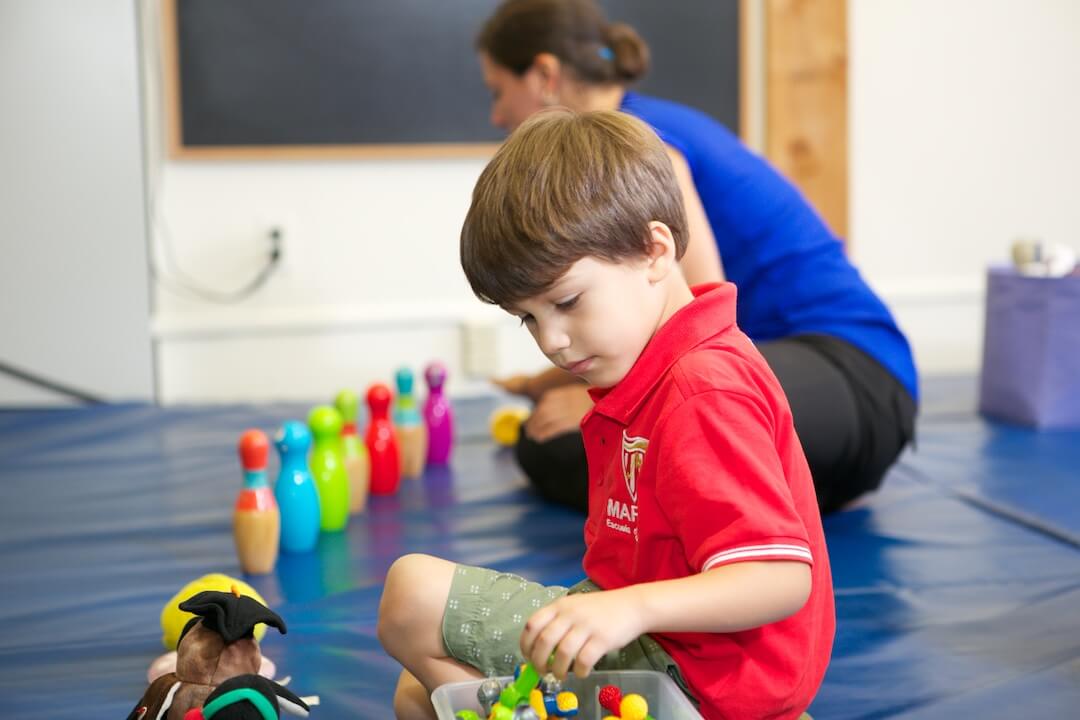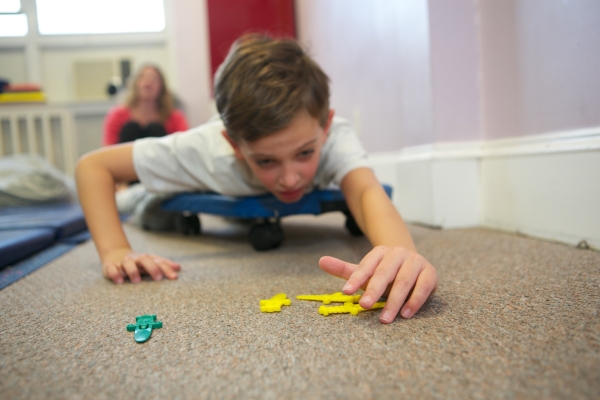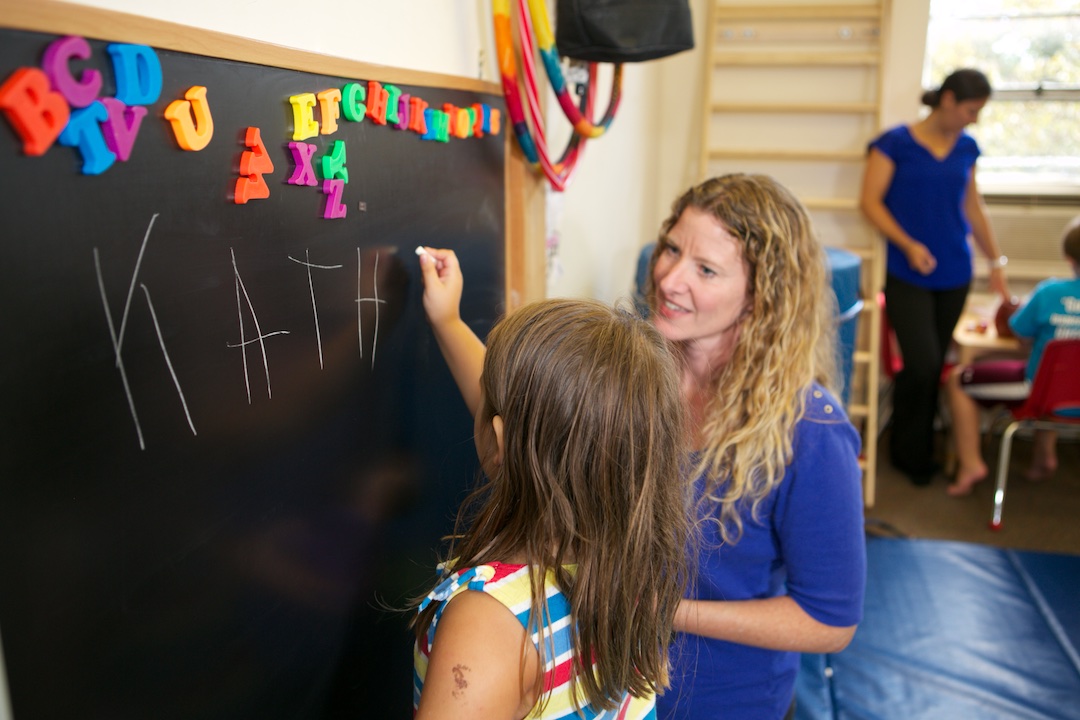OCCUPATIONAL THERAPY
Occupational therapy at CommuniKids focuses on helping children function independently. By bolstering their foundation of sensory processing, strength, attention, and self-confidence we foster the development of motor, social and cognitive skills. This allows each child to navigate their world with joy and success.
Our areas of expertise include:
Fine motor skills relates to the small muscles of the hands which are important in most childhood activities. Fine motor strength and dexterity enables such functions as eating, grasping toys, writing, and fastening clothing. Our hands allow us to interact with our world. Children who have fine motor issues have less opportunity to take in information from the environment and gain experience which leads to learning.
Gross motor skills involve the large muscles of the body that enable functional skills such as walking, running, climbing or throwing a ball. A child’s gross motor skills are affected by muscle tone and strength as well as sensory integration. Gross motor skills provide the foundation for balance, postural control and bilateral coordination. Children with poor gross motor function may have difficulty with navigating playground equipment or participating in physical education/sports. Sensory processing deficits may also impact gross motor skills.
Visual motor skills refer to the eye-hand coordination required for everyday tasks. Deficits in this area can lead to difficulties with handwriting, dressing, ball skills and many activities necessary for functional independence. Visual motor skills incorporate eye movements, visual perception and fine/gross motor skills.
Many children with autism also have sensory processing disorder. They may be over or under-reactive to light, noise, touch, taste, smell, or movement. For some children, these differences are overwhelming and make it difficult to engage in everyday activities. These differences may be treatable with sensory integration therapy. Sensory integration involves specific activities which help the child regulate his or her sensory responses. The outcome can include better focus, improved behavior, and decreased anxiety.
Sensory Integration refers to how people process the information provided by the senses (taste, touch, sight, smell, auditory, vestibular, and proprioception) in order to gain a complete understanding of what is happening around them. Our senses work together to give us a reliable picture of the world so we can respond in an adaptive manner. For some children, sensory integration is not efficient. Children with sensory integration dysfunction have difficulty figuring out what is going on both inside their bodies and in the world around them. The information they receive from their senses is not necessarily accurate. As a result, a child may avoid confusing or distressing sensations or seek out more of a particular sensation to get the information they need. For example, a child who has difficulty integrating tactile information may avoid experiences such as getting his/her hands messy with paint, sand, or glue, while another child may crave touch and actively seek it out.
Occupational therapy uses sensory strategies to significantly improve a child’s self-regulation and ability to focus. As a result, children with attention issues, whether they have been formally diagnosed with ADD or ADHD or not, are more available for learning, leading to greater success in the classroom and throughout their day to day activities.





